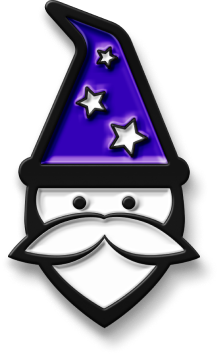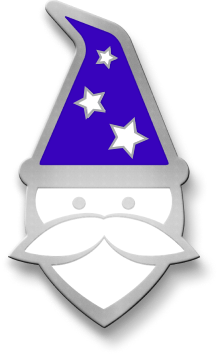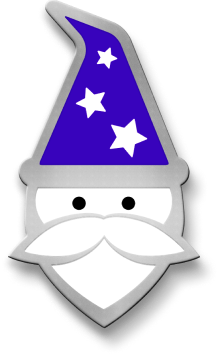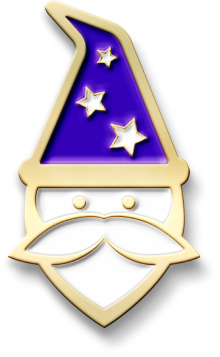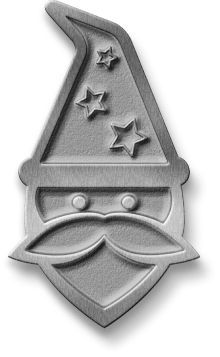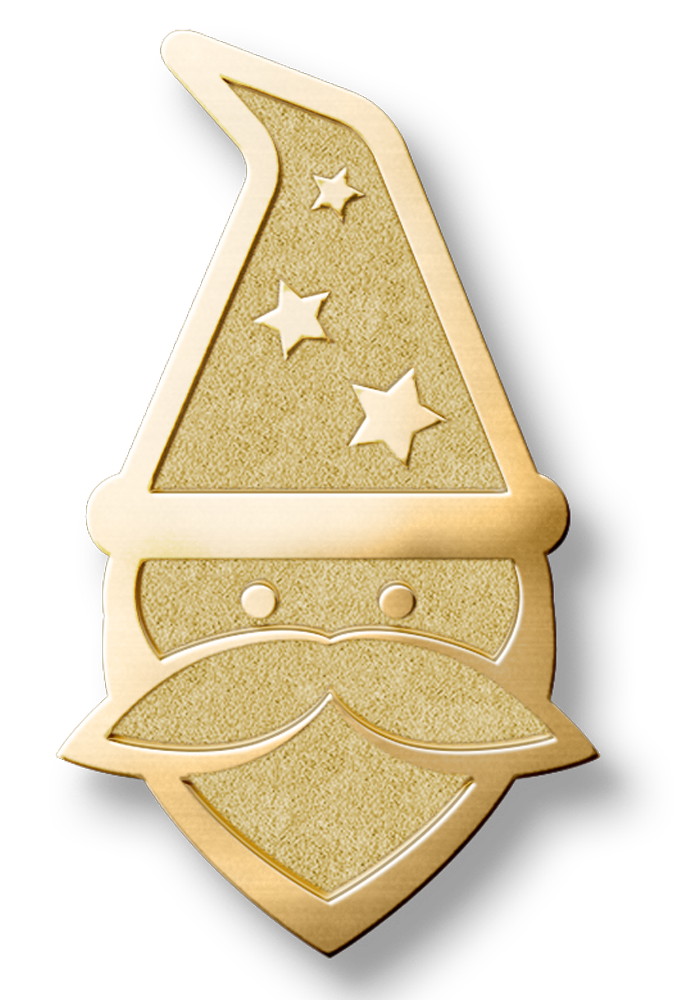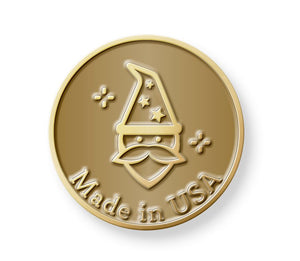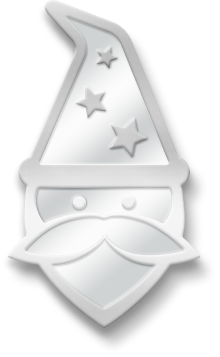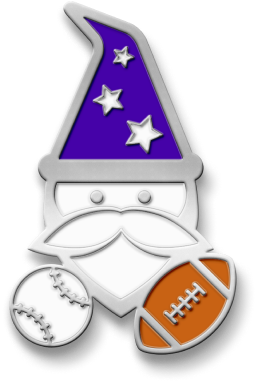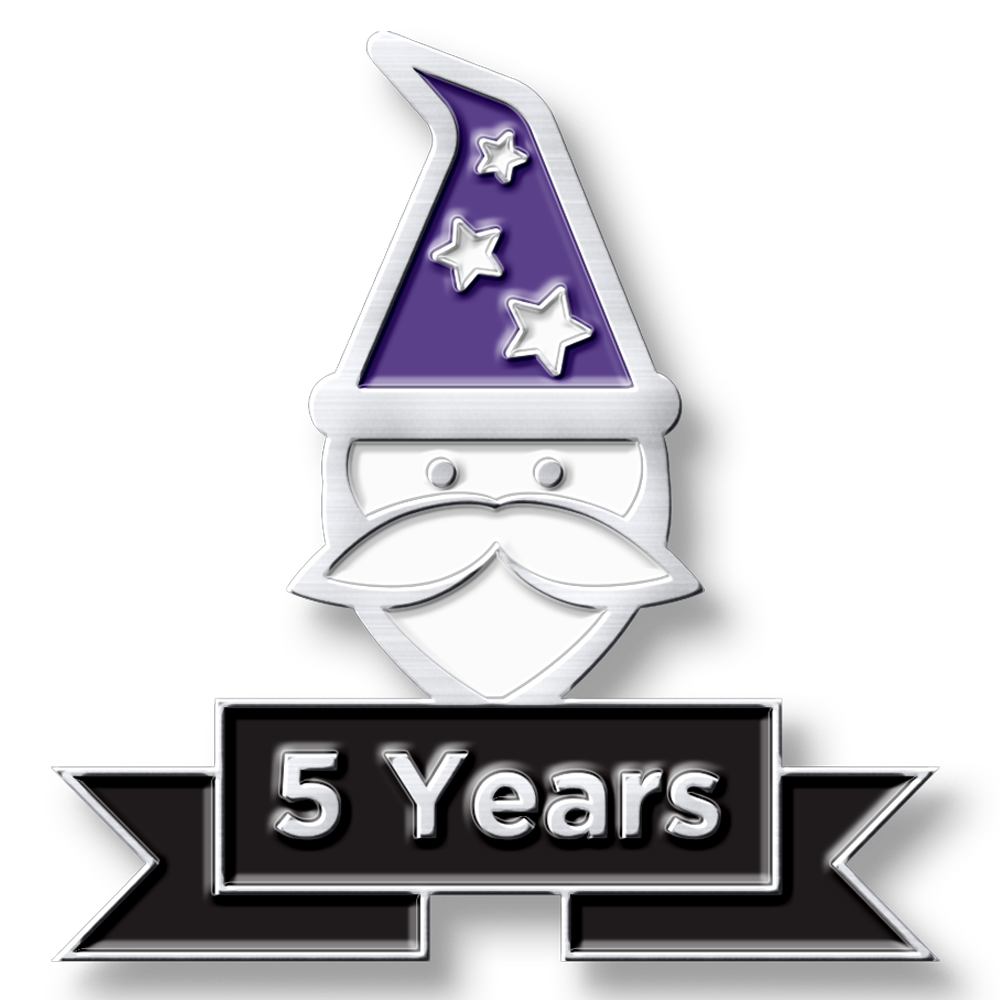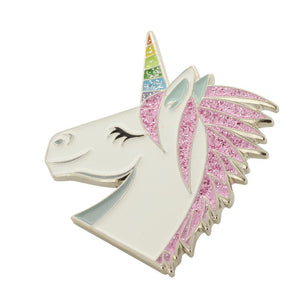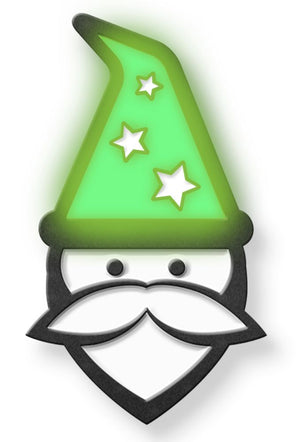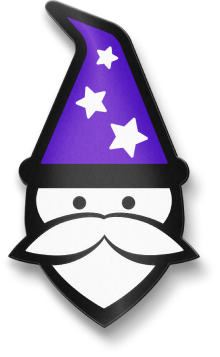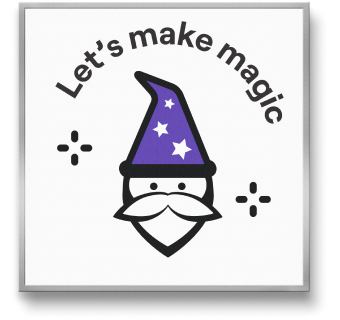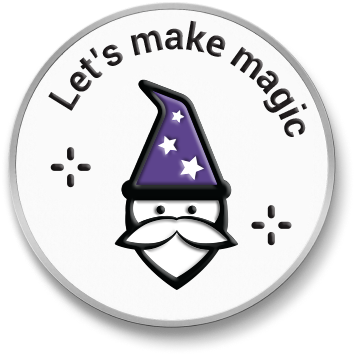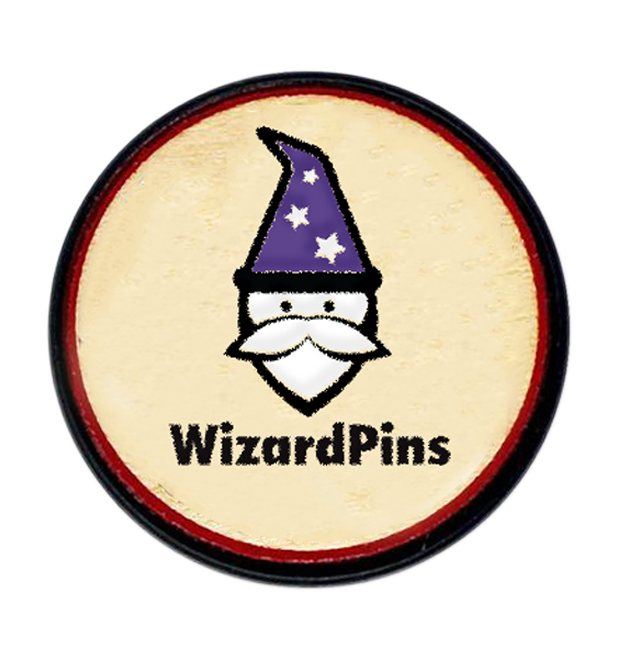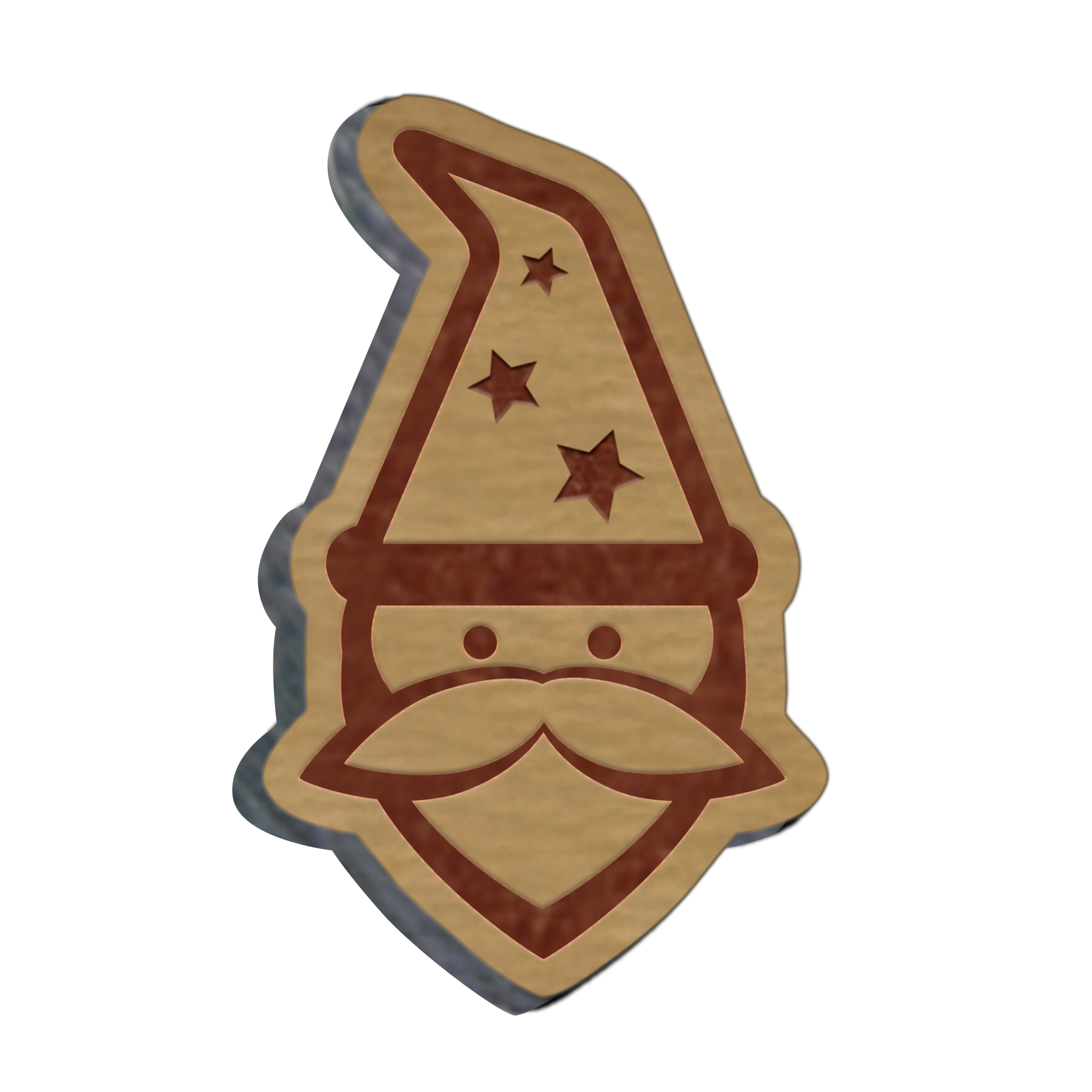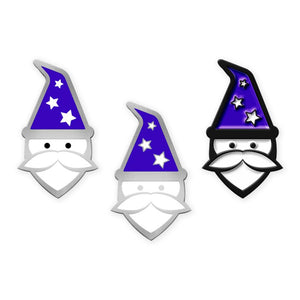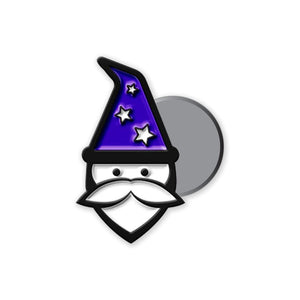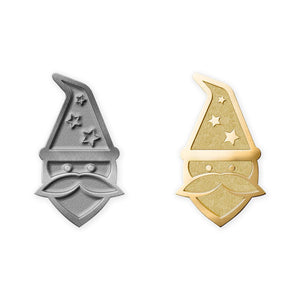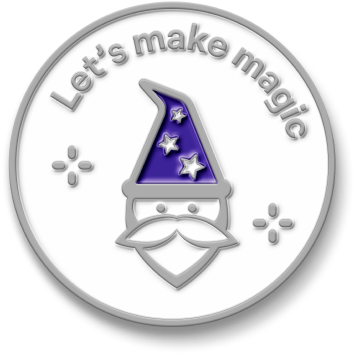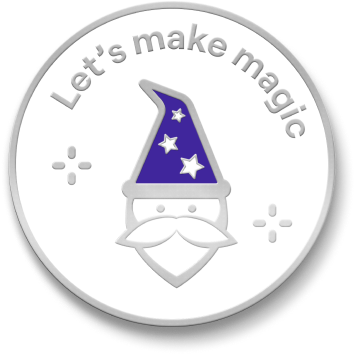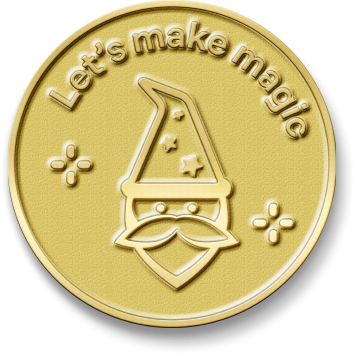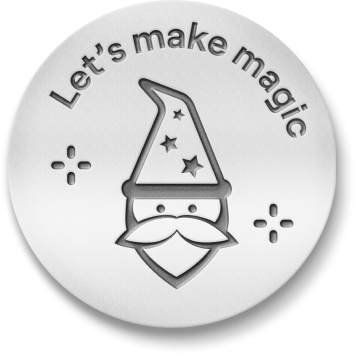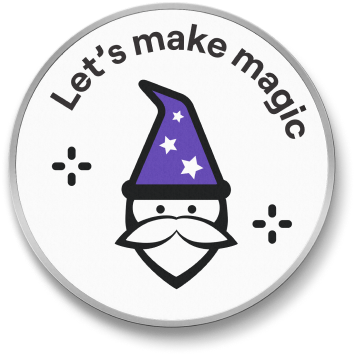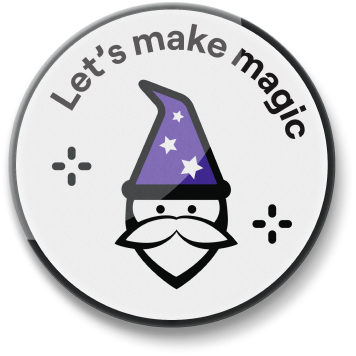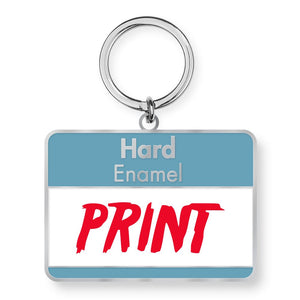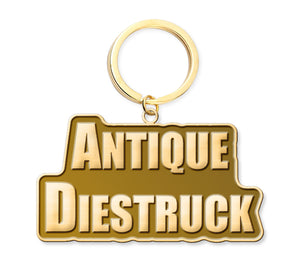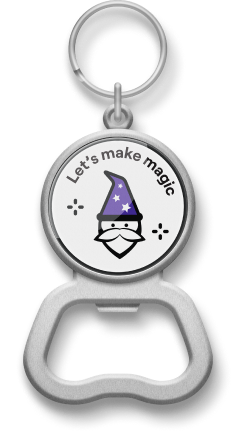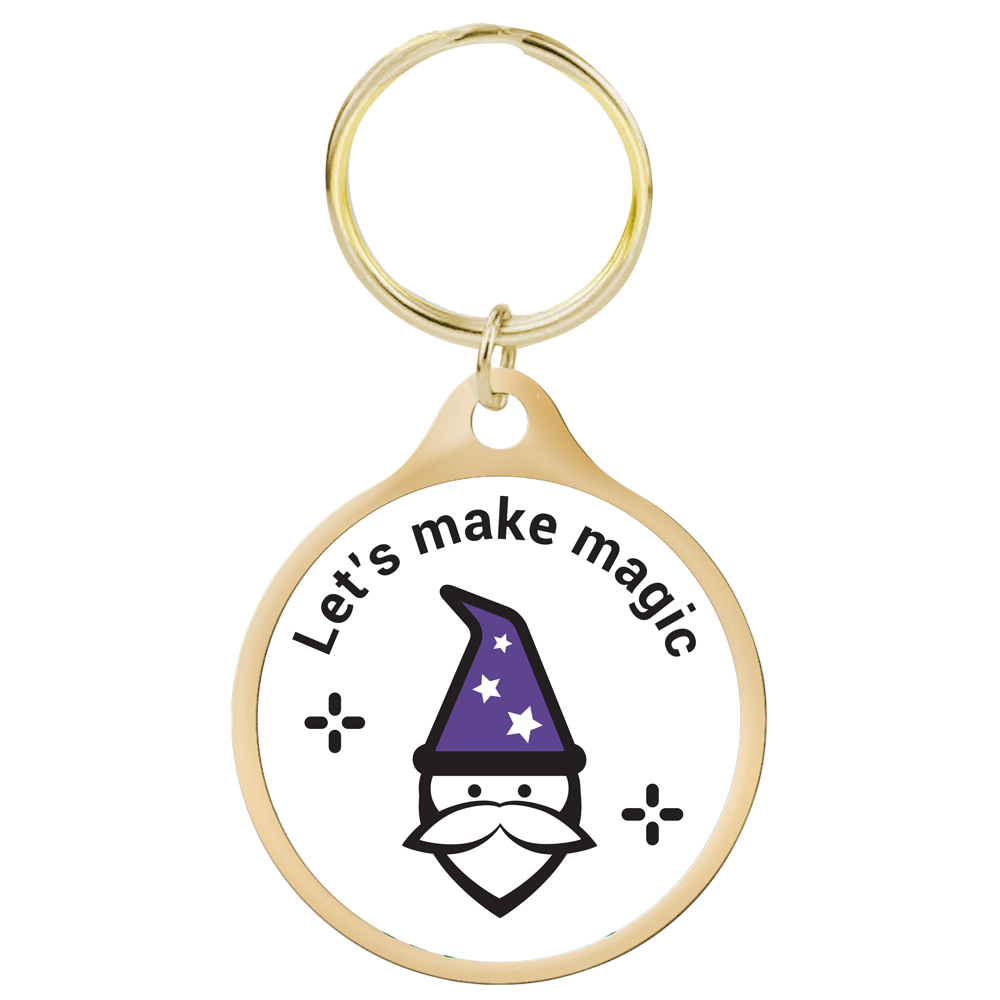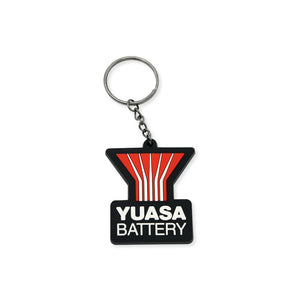In the United States, three branches of the federal government work together to govern the country. They are called the executive branch, the legislative branch, and the judicial branch. These three parts of the government have different jobs, and they are part of a system called checks and balances. In a system of checks and balances, all of the parts have power over each other, so they can keep each other in check. That keeps one branch from having more power than the rest.
The judicial branch includes the nine judges of the Supreme Court, who take on legal cases that have the power to change federal laws and decide if new laws are constitutional. The legislative branch is Congress, which has two houses: the House of Representatives and the Senate. Members of Congress have the power to make laws, which then need to be approved by the president. The executive branch includes the president, the vice president, and their team, who are responsible for implementing laws.
The President
The President lives in the White House in Washington, D.C., and serves as the head of government for the United States of America. They are also the commander in chief of the U.S. armed forces. The president is elected every four years: When you turn 18, you can register to vote and help choose who the next president is. Being president can be a really hard job! It includes signing and enforcing the laws that Congress creates, making treaties with other countries, appointing judges and ambassadors, issuing executive orders, giving out medals to people who have done a lot for our country, and granting pardons.
- What Does the President Do?
- What Is the Job of the U.S. President?
- A Kid's Guide to Becoming President
- Keeping the Balance: What a President Can Do and Cannot Do
- Executive Command Game: Be President for a Day
The Vice President
The president's second in command is the vice president of the United States. The vice president is chosen by the president during the election process, and they have two main jobs. The first one is to be ready to assume the duties of the president if the president dies, resigns, or can't do their job for another reason. The vice president is also the president of the Senate. If there's a tied vote in the Senate, the vice president can cast a vote to break the tie. Aside from those two main duties, every vice president is free to define their own role. Some vice presidents serve as the president's top adviser. Others have policy ideas of their own that they work on during their term.
- About the Vice President (President of the Senate)
- Nominating a Vice President
- Vice Presidents of the United States
Executive Office of the President
The Executive Office of the President is made up of the president's immediate staff and lots of different agencies and offices that the president oversees. They all have different functions, but they are unified in their efforts to support the president, Congress, and members of the Cabinet. Many of the people who make up the Executive Office of the President are appointed by the president to handle specific jobs related to running the country. Some of the most visible parts are the White House communications office and the press secretary's office, which give information to the media and the public about what the government is working on.
The Cabinet
The Cabinet is a group of advisers made up of the leaders of the 15 executive departments. These advisers are all appointed by the president with approval by the Senate, and often, these people become the president's closest confidants. This group of people is also in the line of succession in the event that something happens to the president, vice president, speaker of the House, and president pro tempore of the Senate. The line of succession goes in the order that the different departments were created. The 15 departments are the Department of Agriculture, the Department of Commerce, the Department of Defense, the Department of Education, the Department of Energy, the Department of Health and Human Services, the Department of Homeland Security, the Department of Housing and Urban Development, the Department of the Interior, the Department of Justice, the Department of Labor, the Department of State, the Department of Transportation, the Department of the Treasury, and the Department of Veterans Affairs.
- Fast Facts About the Cabinet
- The President's Team
- Presidential Cabinet Positions and Purpose: What Is the President's Cabinet?
